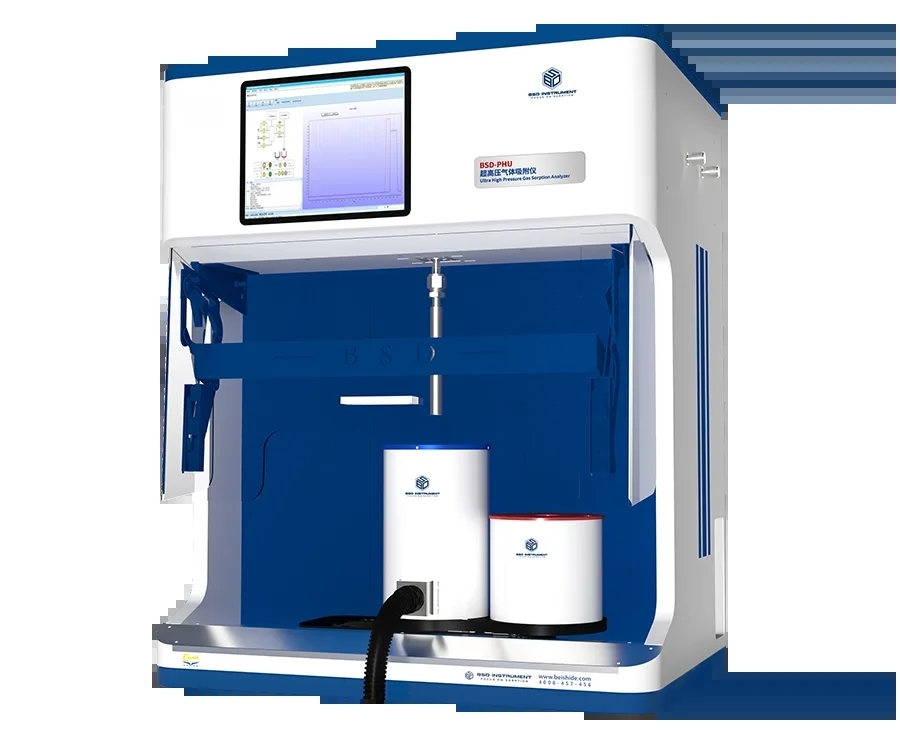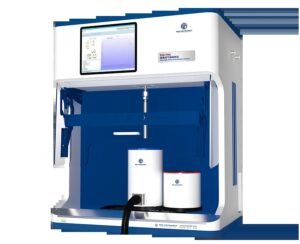Home / Blog / Cheap and Efficient Adsorption-Desorption Systems for Water Pollution Control in China
Cheap and Efficient Adsorption-Desorption Systems for Water Pollution Control in China
27 10 月, 2025From: BSD Instrument


1. Introduction
2. Materials and Methods
2.1 Selection of Low-Cost Adsorbents
Biochar derived from agricultural waste (e.g., rice husk, corncob, coconut shell) Activated carbon made from orange peel or sawdust Natural zeolite and bentonite clay Iron oxide-modified clay composites
2.2 Target Pollutants
Heavy metals (Pb²⁺, Cd²⁺, Cu²⁺) Reactive dyes (e.g., methylene blue, Congo red) Nutrient pollutants (phosphate, nitrate)
2.3 Adsorption Experiments
Adsorption capacity (mg/g) Effect of pH, contact time, initial concentration, and adsorbent dosage Kinetics and isotherm modeling (e.g., Langmuir, Freundlich)
2.4 Desorption and Regeneration
Acidic or basic solutions (e.g., 0.1 M HCl or NaOH) Thermal treatment (e.g., 300–500°C for 2 hours) Elution with ethanol or distilled water
2.5 Economic Analysis
3. Results and Discussion
3.1 Adsorption Performance
Biochar materials removed over 90% of Pb²⁺ and methylene blue under optimized conditions. Natural zeolite showed excellent phosphate adsorption capacity (~8–10 mg/g). Modified clay composites effectively removed both heavy metals and organic dyes.
3.2 Adsorption Isotherms and Kinetics
3.3 Desorption and Regeneration Efficiency
Acid washing (HCl) was highly effective for regenerating metal-loaded adsorbents. Alkaline solutions (NaOH) worked well for dye-loaded systems. Thermal regeneration was suitable for organic-contaminated adsorbents, though it may increase operational cost slightly.
3.4 Economic and Practical Feasibility
4. Conclusion
Our Latest Blog & Articles
Stay updated with our latest news. Discover new product launches, innovative technologies, and upcoming events. Join our community and stay informed about all things lab equipment.
-
27 10 月, 2025
Cheap and Efficient Adsorption-Desorption Systems for Water Pollution Control in China
-
25 10 月, 2025
Gas Adsorption Analyzer Technologies: Advancements and Future Trends
-
23 10 月, 2025
Micropore and Mesopore Analysis for Improving Gas Storage and Separation Efficiency
-
20 10 月, 2025
Membrane Porosity and Its Impact on Mass Transport and Permeation Efficiency




